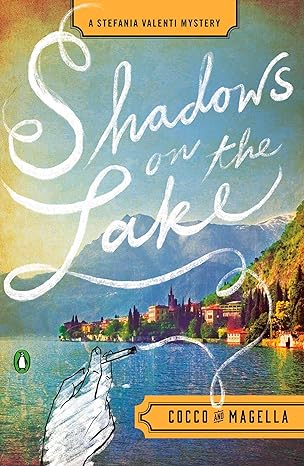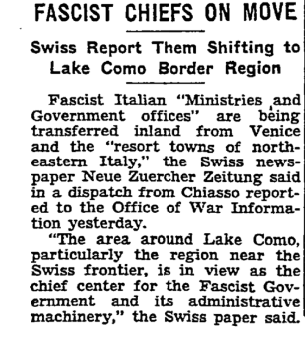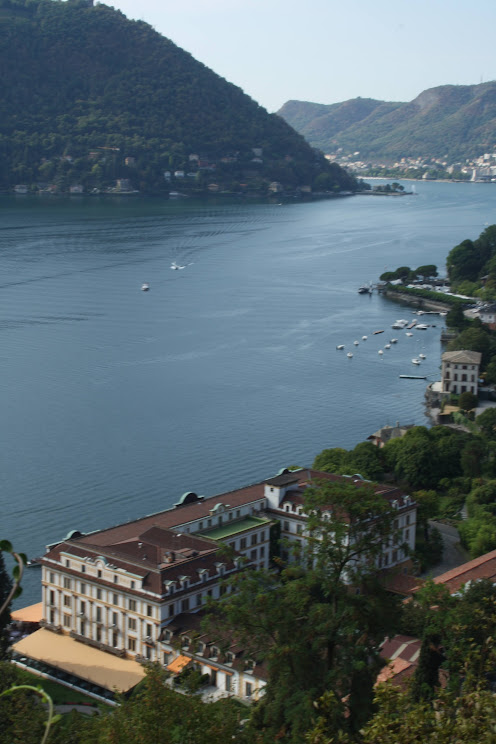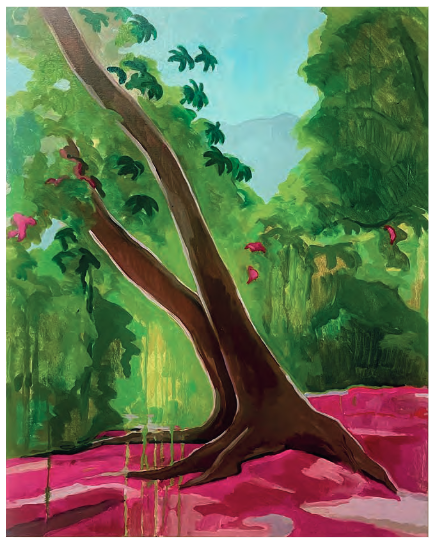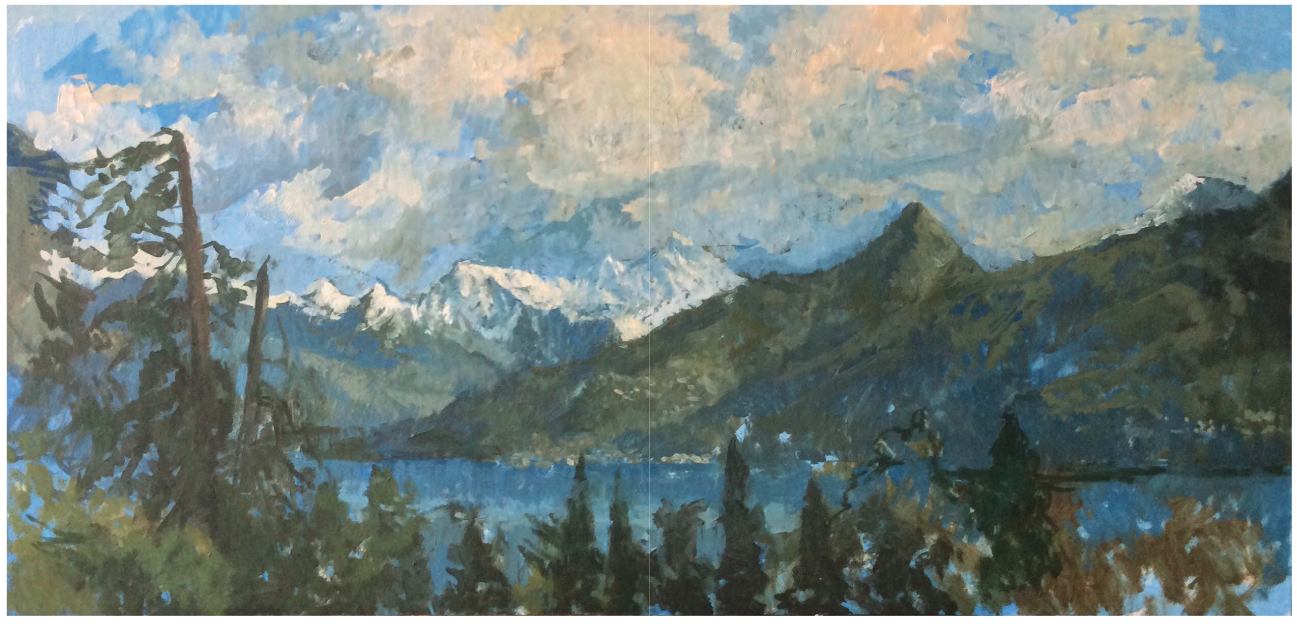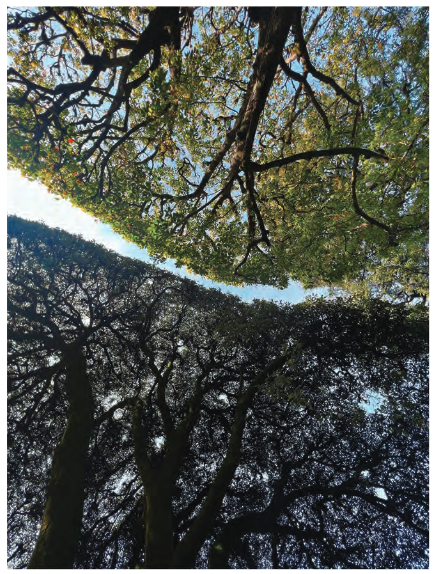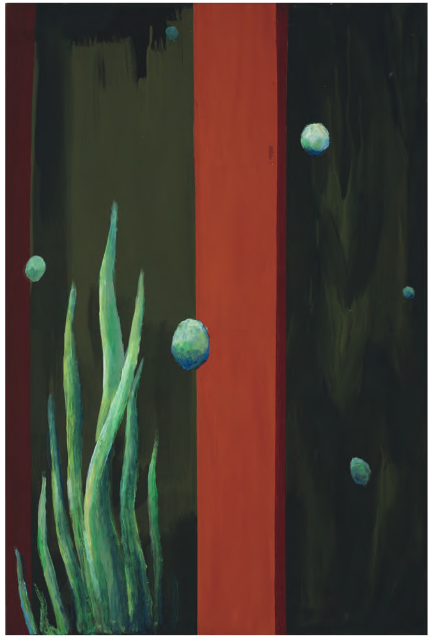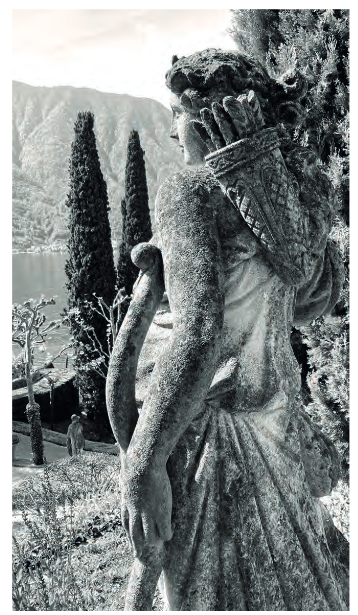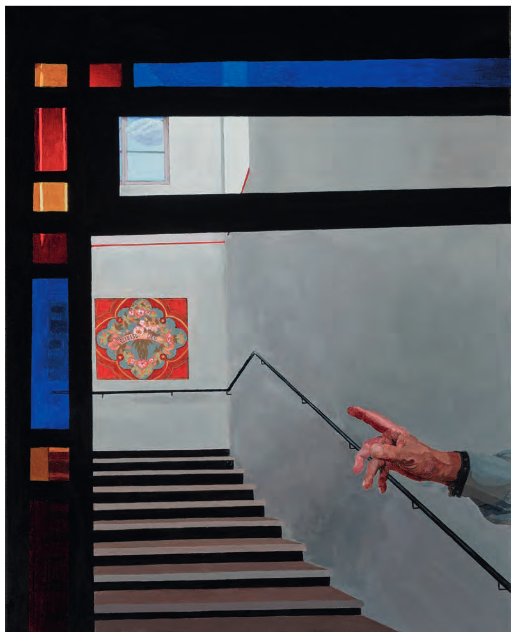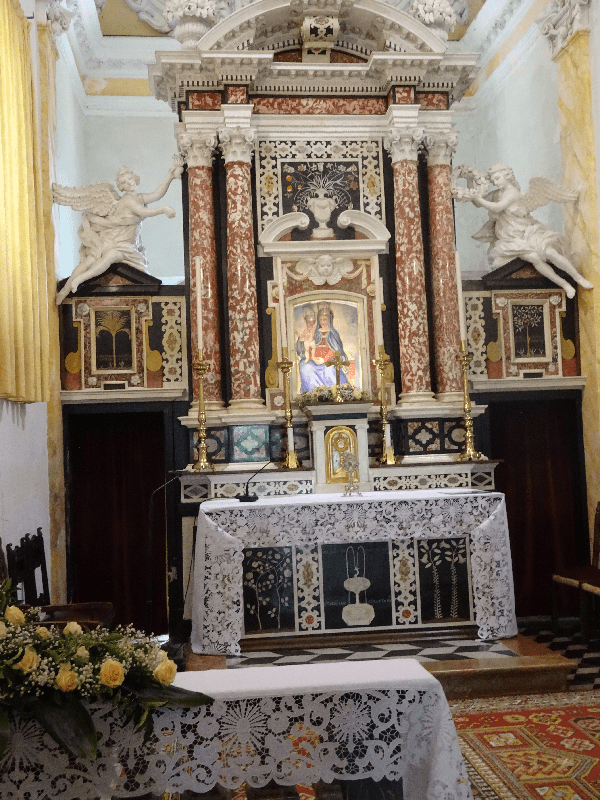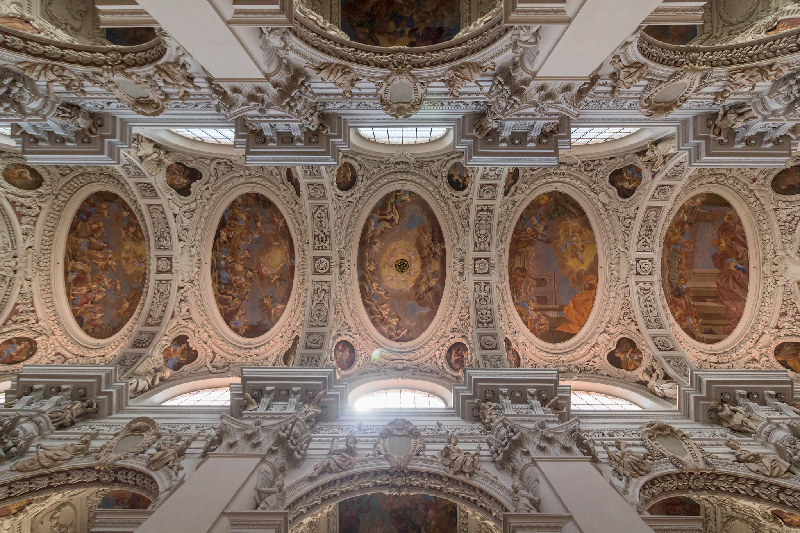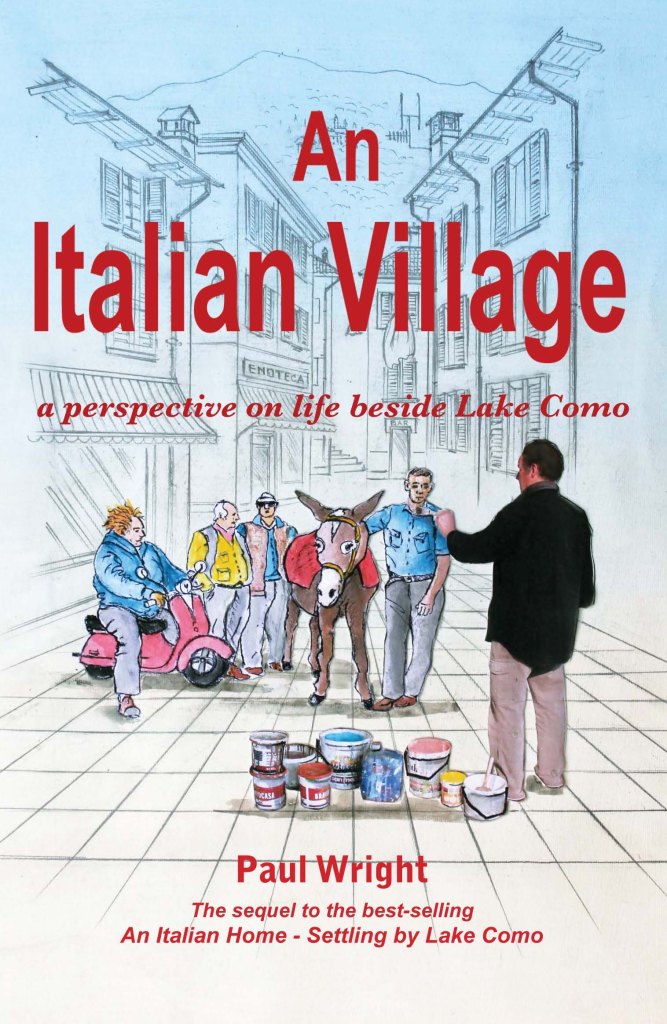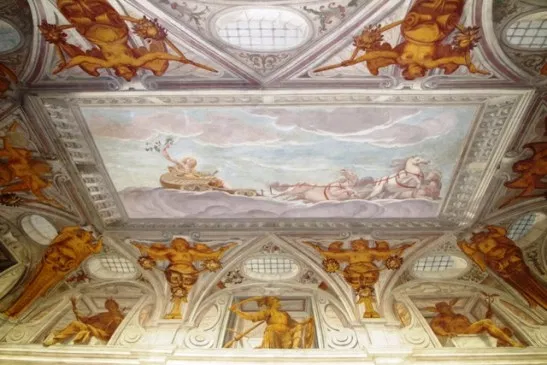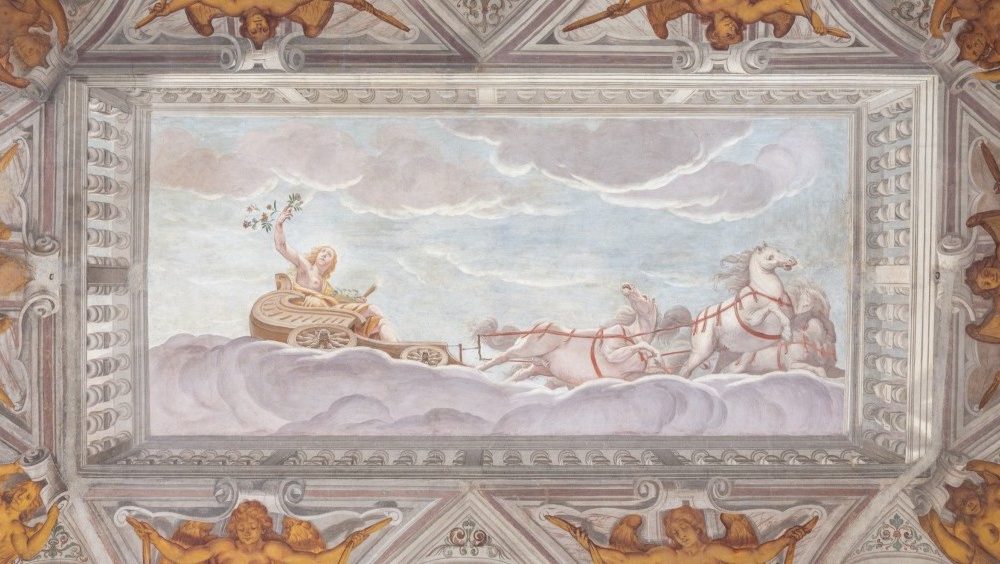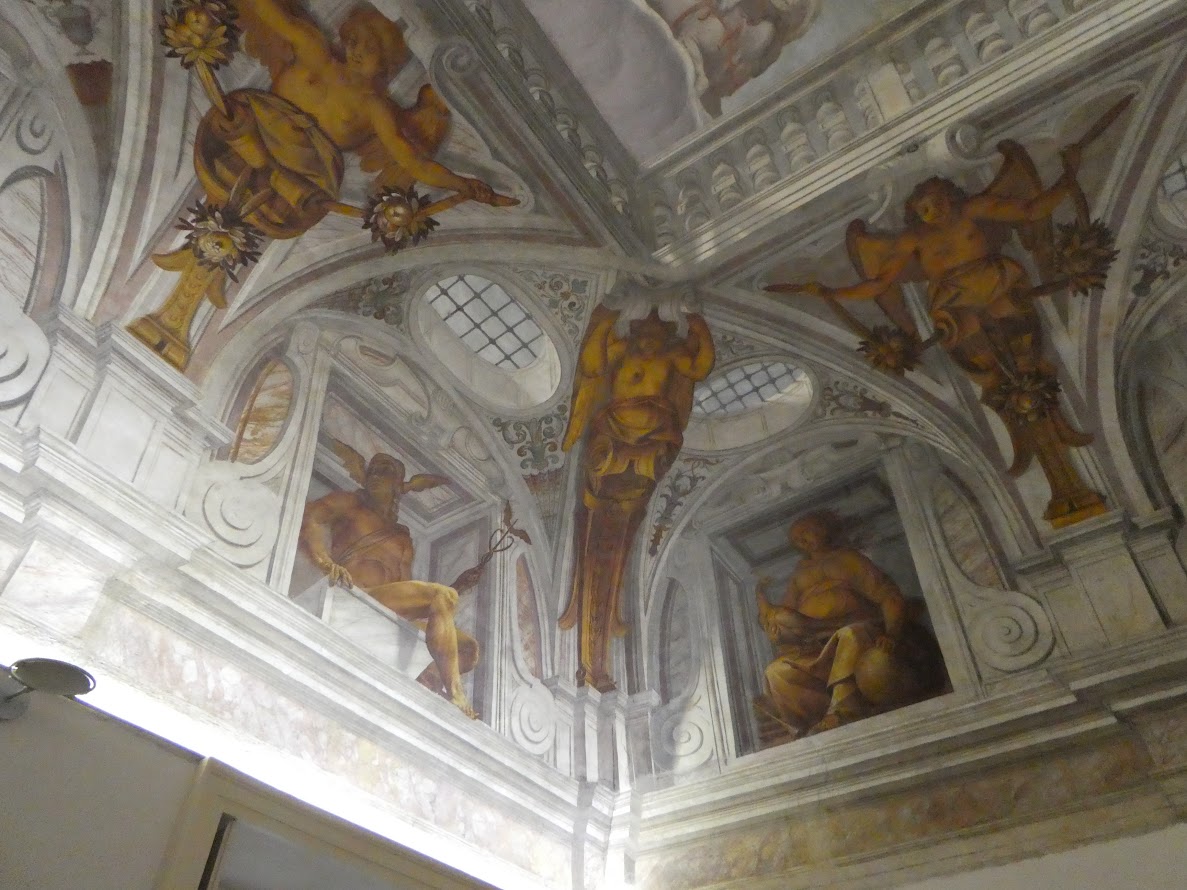 On April 18th Sonja Christoph and husband Alessandro left Como to travel by train to Venice for the day. This was just one of the many, and one of the shortest of journeys undertaken by Sonja in her moves from her native Florida USA to Como via Heidelberg, Munich and London. But perhaps, for all that, this was one of the more personally significant journeys taken until now – she was delivering her artwork entitled ‘Frames of Reference’ for display in the Venetian Biennale.
On April 18th Sonja Christoph and husband Alessandro left Como to travel by train to Venice for the day. This was just one of the many, and one of the shortest of journeys undertaken by Sonja in her moves from her native Florida USA to Como via Heidelberg, Munich and London. But perhaps, for all that, this was one of the more personally significant journeys taken until now – she was delivering her artwork entitled ‘Frames of Reference’ for display in the Venetian Biennale.
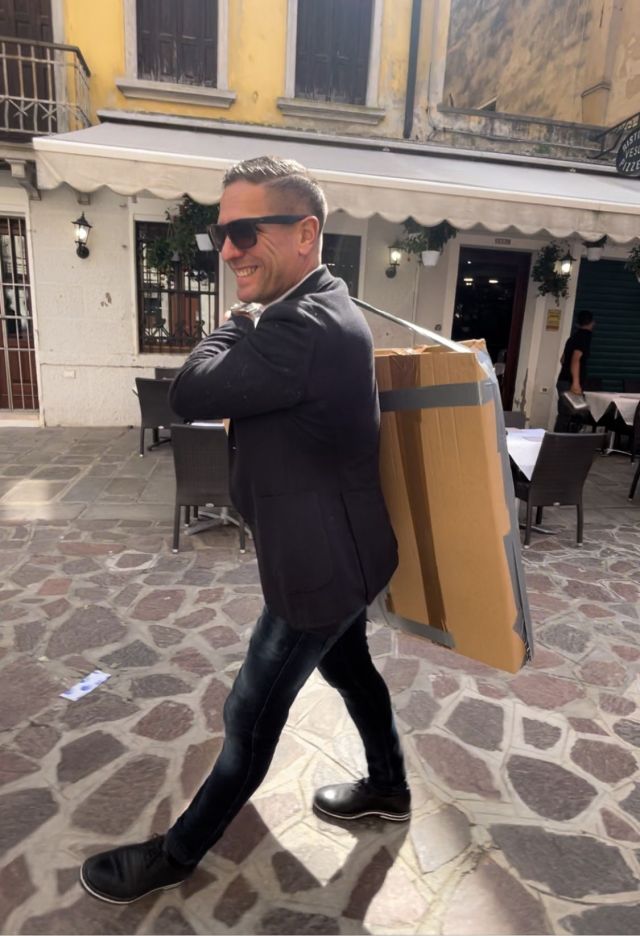
Alessandro delivering ‘Frames of Reference’ from Como to the Biennale.
We first interviewed Sonja shortly after her arrival in Como back in 2019 and we wrote up her story to that date in the article Fairy Tales, Wanderlust and Landing in Como which described her work as an artistic illustrator. Her most significant commission up to that point had been the series of illustrations used to decorate the walls of the Michelin starred Chef Kevin Fehling’s 5 star restaurant on board the MS Europa. Her subsequent artistic journey has now led to an equally prestigious achievement with the Venetian based Donà dalle Rose Foundation nominating her work for inclusion within the Republic of Cameroon’s Pavilion at this year’s Venetian Biennale.

Sonja at the Opening Ceremony of the Cameroon Pavilion in the Palazzo Donà dalle Rose, Venice.
The overall theme of this year’s Biennale, defined by the Brazilian Director of Visual Arts Adriano Pedrosa as ‘Stranieri Ovunque’ or ‘Foreigners Everywhere’ chimes perfectly with Sonja’s own history as an intrepid migrant stepping out from her parental home in Florida, USA to settle initially in Germany, then on to England and now to set up her family home just outside Como in Fino Mornasco. Our newsletter loves celebrating the presence of foreigners on the shores of the lake and supporting their appreciation and integration within the fabric of our adopted home. It is therefore particularly pleasing to report and celebrate when any one of our migrant community makes a social or cultural contribution to our host country.
Frames of Reference
‘Frames of Reference’ is the title given to Sonja’s artwork on display at the Palazzo Donà dalle Rose which hosts the Pavilion of the Republic of Cameroon for this 60th edition of the Venetian Biennale. Her work will be on display in the Pavilion for the duration of the Biennale from 20th April until 24th November.
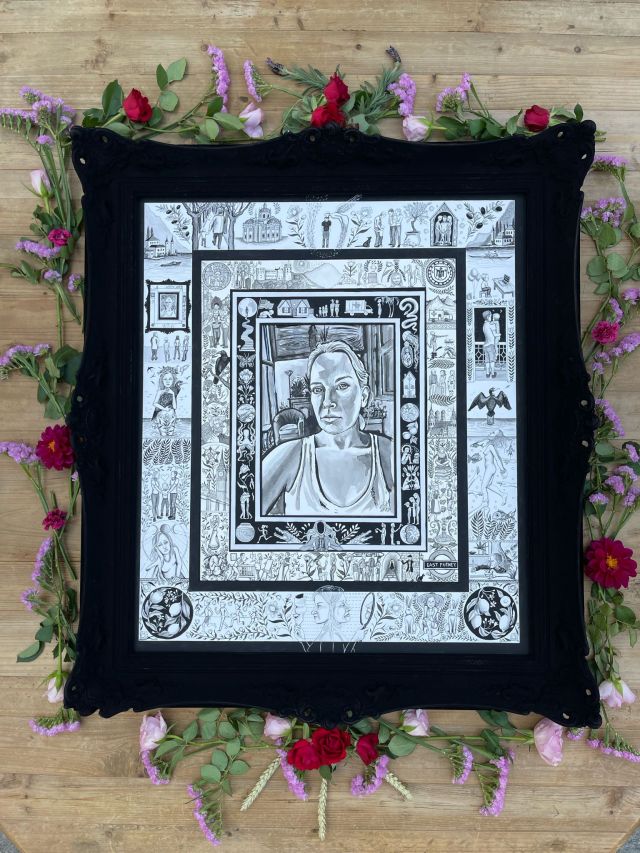
‘Frames of Reference’ by Sonja Christoph, 2024
Sonja herself describes the work as ‘A life story. MY life’s story….sketched out frame by frame in a spiralling journey that moves from city to city, country to country from childhood to adulthood to motherhood through moments of love and loss, joy and grief.’
At its heart is a self-portrait presented without any attempt at flattery with an image seemingly caught in an unguarded moment in a mirror that also reflects a domestic background with an empty armchair behind Sonja’s right shoulder. This self portrait is itself contained within three illustrated frames and an outer frame of dense black.

Detail ‘Frames of Reference’. Bottom right hand corner with the three inner frames.
The inner frames illustrate aspects of Sonja’s life to date combining both real and fantasy elements. Each of the three frames represent a specific phase in Sonja’s life with the inner black background frame representing childhood in Vero Beach, Florida. The middle frame represents migration initially to Germany and then on to London with love, marriage and motherhood. The outer frame represents more recent times on moving to Como and contains a reference towards the top left corner to the creation of the artwork itself.

‘Frames of Reference’ by Sonja Christoph as it is displayed in the Cameroon Pavilion at Palazzo Donà dalle Rose.
Those already familiar with Sonja’s work will recognise this piece as a continuation of her development as a visual storyteller. But with the significant difference that this time she herself is the subject of the story. For her, the story, or anyone’s story, starts with an absence of light which is why the outer frame is painted using a particularly dense black paint that absorbs hardly any light. From there inwards the picaresque episodes vary in shades of light or dark. As she describes it: ‘A story can only begin with the absence of light. Frames of Reference’ is a spiralling journey that invites viewers inward on an adventure that plays out in shades of light and dark, joy and grief, love and loss…’ And at the heart of the piece is that haunting self-portrait which, like most self-portraits, is primarily about mood and emotion with the backstory to that mood represented by the empty armchair symbolising family loss.
It is often said that we all have a story to tell and Sonja’s storytelling in ‘Frames of Reference’ reinforces that truism. But there is something in this piece’s structure that gives it a universal quality, not necessarily due to the content since each of our stories are individual. Instead its power comes from reflection – a stark mirror image of a significant moment framed within a complex narrative of life. And it encourages us as viewers to take on, if only momentarily, a mirror-like moment for our own self reflection – how did we get here and where are we going. This reaction may be particularly strong in others such as Sonja who are migrants, strangers in a foreign land. For me, that almost imperceptible reflective reaction is what marks this as a successful work of art and why it has rightly earned its place within the Cameroon Pavilion of the Biennale.
The Journey to the Biennale
Sonja’s journey to the Biennale started the moment she set out for Europe from Vero Beach, Florida. The family trip to Venice on 18th April to present her picture and to attend the public opening event at the Palazzo Donà Dalle Rose does however mark a significant milestone in her maturing as a woman and as an artist, It takes thought and courage before committing to the production and public showing of a self-portrait, not least one accompanied by so much autobiographical detail.
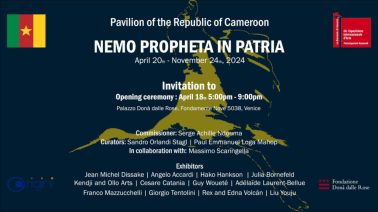
Cameroon Pavilion Invite, Biennale 2024
The commissioner and curators of the Cameroon Pavilion at the Biennale (Serge Achille Ndouma,Sandro Orlandi Stagl and Paul Emmanuel Loga Mahop) have added to the overall exhibition theme of ‘Strangers Everywhere’ by giving the Cameroon Pavilion the title of NEMO PROPHETA IN PATRIA – No-one is a prophet in their own land’. They thus opened up consideration of the positive effects produced by an intellectually active diaspora of citizens able to achieve more by migrating elsewhere. To quote from its own press release the Cameroon Pavilion ‘presents itself as the “Pavilion of Wonders”, where projects by local and international artists come together to celebrate the courage of those who have never abandoned their ideas, regardless of the recognition obtained locally, ambitiously looking towards a deserved international horizon. A Pavilion where differences are considered wealth and where no one feels like a “stranger”.’
Sonja’s ‘Frames of Reference’ fits so well within this brief with her migrant’s story and her courage to tell it.

Cameroonian artist Hako Hankson’s work at the Pavilion, ‘Days of Celebration’. Acrylic and Indian Ink on canvas 200 x 200cm. Courtesy of the artist Primo Marella Gallery
Sonja’s Journey Beyond the Biennale
Exposing your life story to public scrutiny and criticism and its presentation as self-portrait is a courageous act, and one that represents a significant step in maturity for an artist such as Sonja. It is natural that this watershed in her artistic development did not happen without moments of fear and self-doubt.
She has commented on both the rational and irrational fears felt in anticipation of the opening of the exhibition – fear of sharing intimate aspects of her life, fear of how the work will be received and fear of being judged as an essentially self-taught artist against the backdrop of so many talented professionals displaying at the Biennale.

‘Circe Offering the Cup to Odysseus’, J W Waterhouse
But the success of ‘Frames of Reference’ goes to show that Sonja has developed a valid structure for combining portraiture with storytelling. The most interesting portraits are those which have to some degree or other an implicit story behind the image. Sonja’s own favourite artist J W Waterhouse – a late Victorian English artist – followed in the Pre-Raphaelite tradition of either illustrating known legends or imbibing their works with symbols that, once interpreted, provided a narrative to accompany the image. Sonja is doing the same in a way that is her own and in a style that reflects her interest in fable and fantasy.

Visual storytelling, episodic illustration and graphical framing – as in these 14th century frescoes decorating the apse of Como’s Basilica di Sant Abbondio.
She intends now to work further on this winning formula. I was given a preview of some framed portraits in progress of characters Sonja has come to know and admire in and around Como. I look forward to when these too will be put on display to the general public.
In The Meantime
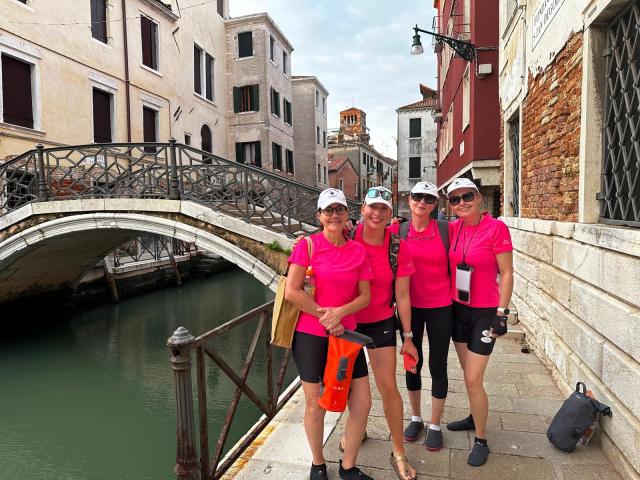
Sonja Christoph and the other members of Canottieri Lario’s Vogalonga crew – Venice 2023.
Sonja will soon be returning to Venice once again on the 18th May but this time to participate as a member of Como’s rowing club – the Canottieri Lario – as a member of the team participating in the Vogalonga. The route of this 30 km non-competitive race takes in a grand part of the Venetian lagoon. It starts in the San Marco Basin, then on to the passage in front of the islands of Sant’Elena, delle Vignole, Sant’ Erasmo and San Francesco del Deserto, to arrive at Burano and then, skirting the islands of Mazzorbo, Madonna del Monte and San Giacomo in Paludo, to Murano, crossing its ‘Grand Canal’, and finally returning to Venice, where, passing through the Cannaregio canal and the Grand Canal it reaches the finish line, located at Punta della Dogana in front of San Marco. All this must be completed within six hours – truly invigorating but equally exhausting! In addition to Sonja’s contribution to the Biennale, her involvement with Canottieri Lario’s entry in the Vogalunga goes to show her level of integration and commitment to her adopted country and home on Lake Como.
Every Migrant Tells A Story
 Foreigners are everywhere and migrant stories may possibly be richer if not necessarily more significant than everyone else’s life story. We don’t all get to tell our story or find the means like Sonja to give it a form of universal relevance. Some of the poorest migrants, who undoubtedly have the most difficult and significant stories to tell, are more often deprived of a voice and of ready means to integrate meaningfully and profitably within their host countries. But, as the Biennale proclaims, migrants are everywhere and we would all profit by listening to their stories and valuing their real and potential contribution to the social, cultural and economic life in their adopted countries.
Foreigners are everywhere and migrant stories may possibly be richer if not necessarily more significant than everyone else’s life story. We don’t all get to tell our story or find the means like Sonja to give it a form of universal relevance. Some of the poorest migrants, who undoubtedly have the most difficult and significant stories to tell, are more often deprived of a voice and of ready means to integrate meaningfully and profitably within their host countries. But, as the Biennale proclaims, migrants are everywhere and we would all profit by listening to their stories and valuing their real and potential contribution to the social, cultural and economic life in their adopted countries.
Further Information
Sonja’s website: https://www.sonjaillustrates.com/ and Facebook page
Biennale dates: From April 20th 2024 until November 24th 2024
Address of the Palazzo Donà dalle Rose: Cannaregio, 5101, 30121 Venezia VE
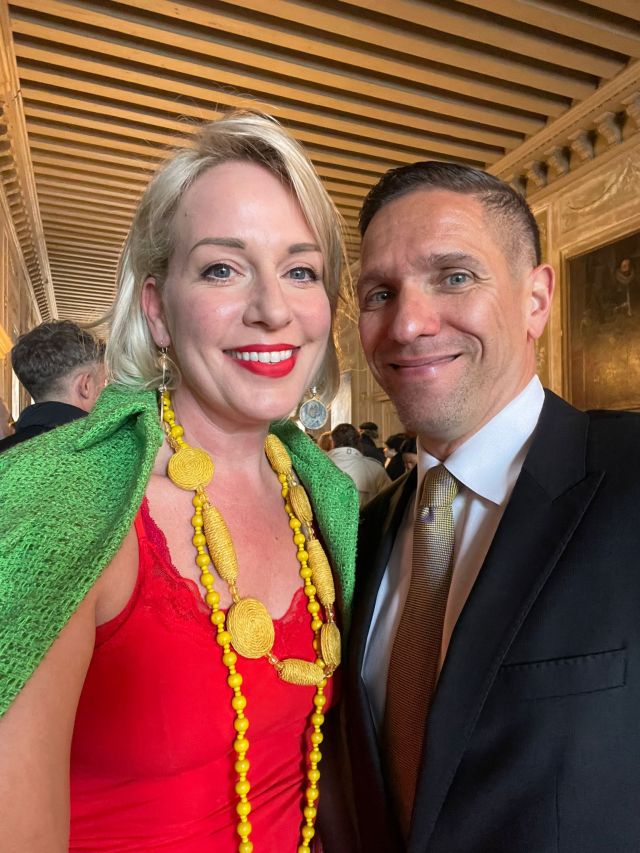
Sonja and Alessandro at the Pavilion’s Opening Ceremony held in the Palazzo Donà dalle Rose












 This table shows the ranking of all the beaches and lidos tested in our area. The figures in the right hand column are simply the sum of all the data collected over the five occasions during the swimming season. For the details, please go to the
This table shows the ranking of all the beaches and lidos tested in our area. The figures in the right hand column are simply the sum of all the data collected over the five occasions during the swimming season. For the details, please go to the 








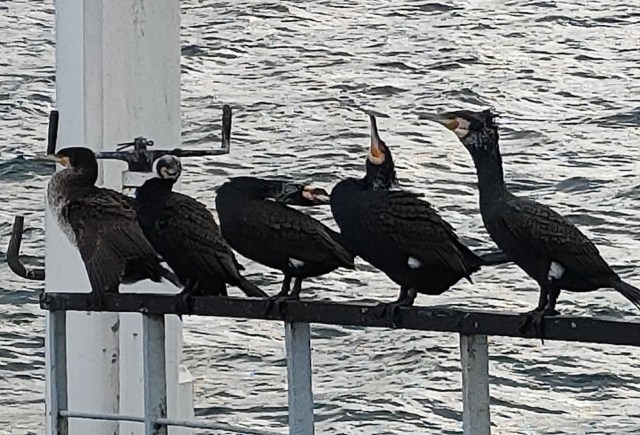
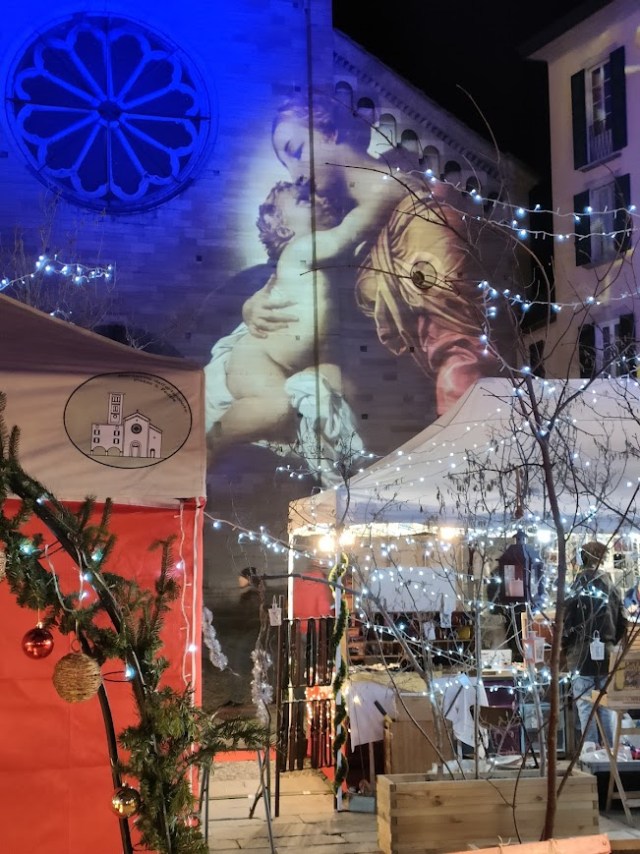

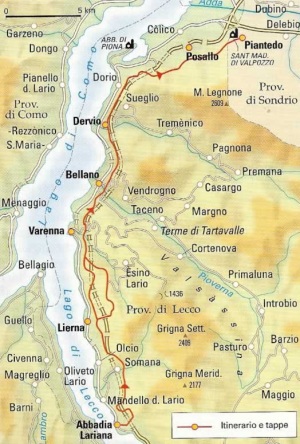









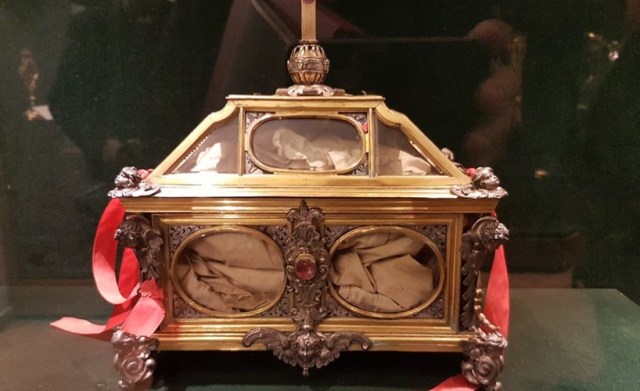

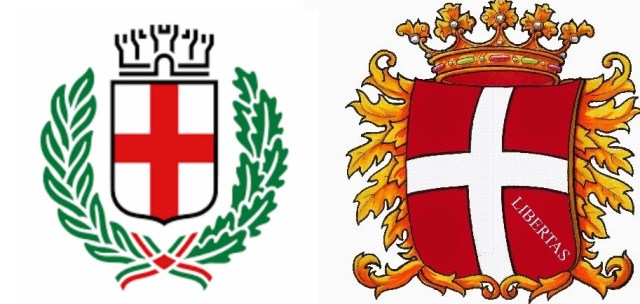
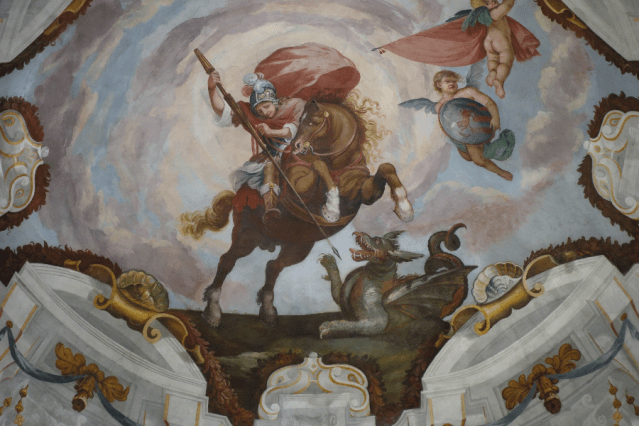

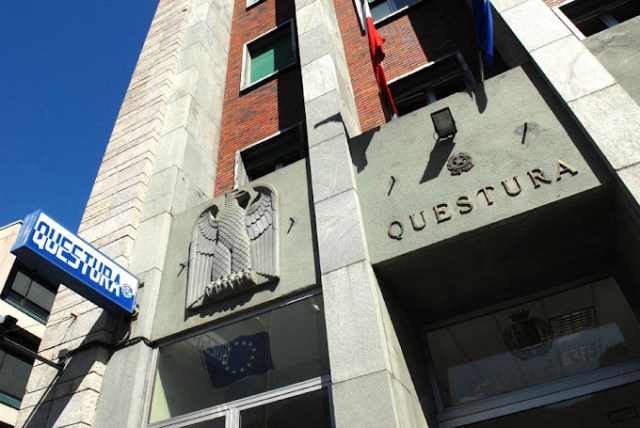



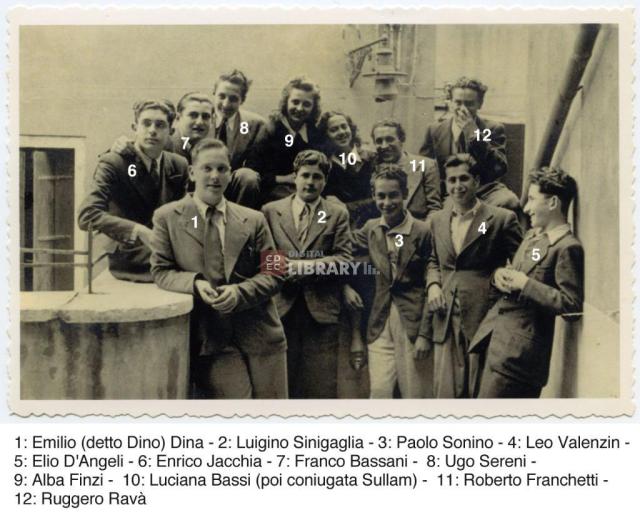






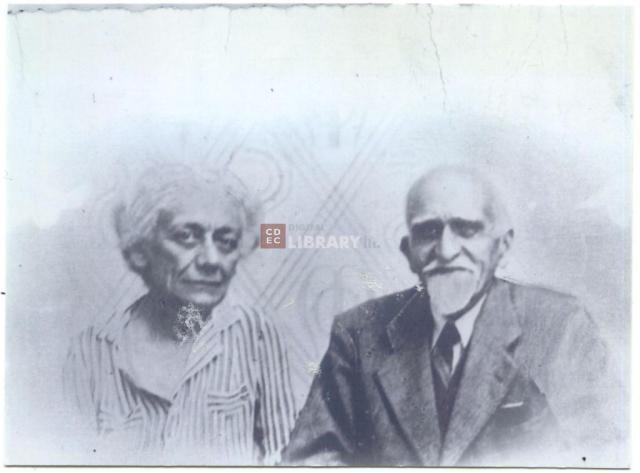

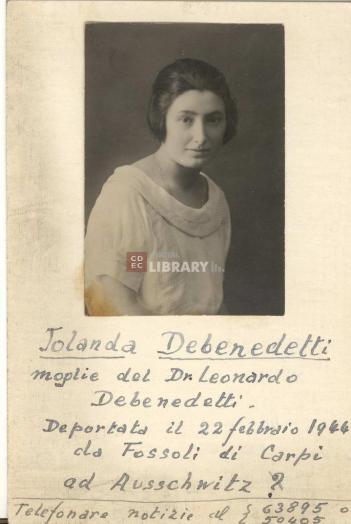
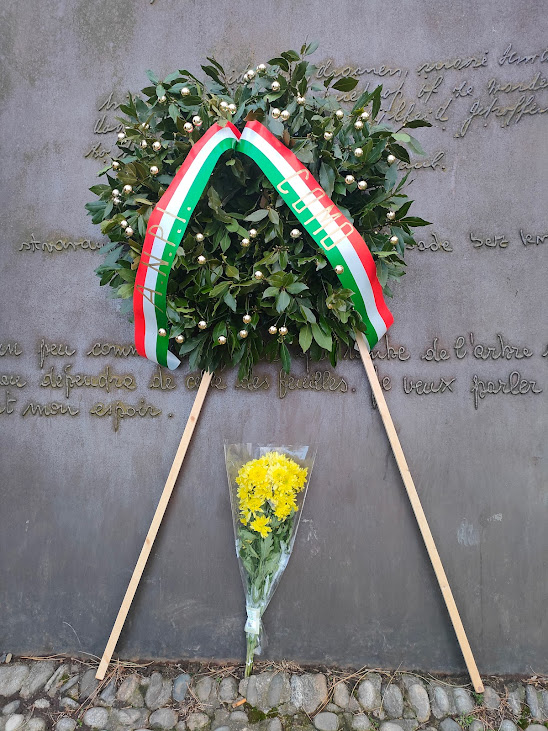
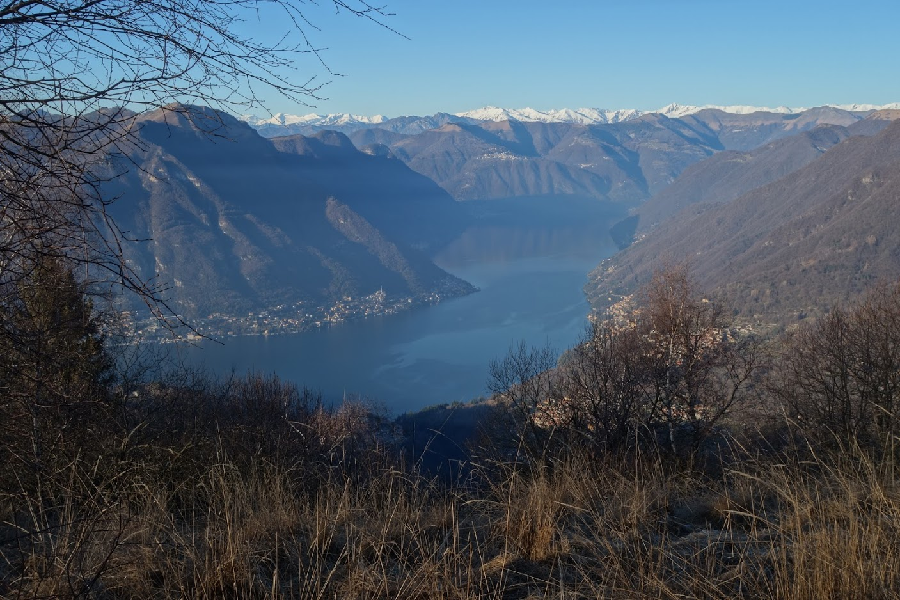 Over recent centuries Lake Como has gained increasing popularity as a holiday and travel destination. It comes as no surprise that the sparkling lake and the majestic mountains that surround it find themselves used as the setting in a wide selection of novels. On the one hand, Lake Como is commonly perceived as a romantic location and so is used as a fitting backdrop to amorous tales. Yet its location selected for the fascist era’s endgame confirmed its dramatic credentials for setting historical narratives. And the very depth of the lake beneath its shimmering superficiality symbolises the duplicity of darkness and danger for mystery, murder and intrigue.
Over recent centuries Lake Como has gained increasing popularity as a holiday and travel destination. It comes as no surprise that the sparkling lake and the majestic mountains that surround it find themselves used as the setting in a wide selection of novels. On the one hand, Lake Como is commonly perceived as a romantic location and so is used as a fitting backdrop to amorous tales. Yet its location selected for the fascist era’s endgame confirmed its dramatic credentials for setting historical narratives. And the very depth of the lake beneath its shimmering superficiality symbolises the duplicity of darkness and danger for mystery, murder and intrigue. 








